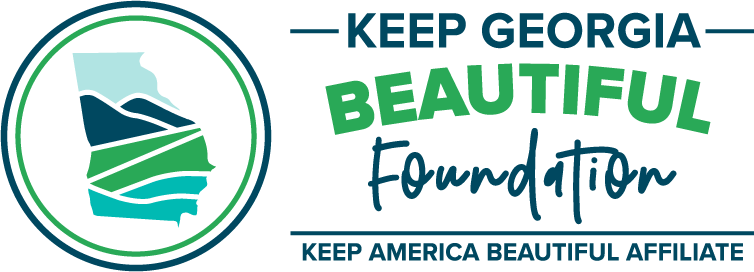10 Ways You Can Help Save Bees and Other Pollinators
Bees, butterflies, bats and more contribute to the health of our ecosystem and a sustainable food supply. By making mindful changes to our own routines, we can aid in their survival. Check out our tips below to see how you can help during #pollinatorweek and beyond.
1. Plant a pollinator-friendly garden
You can create a pollinator habitat whether you live in a farmhouse, urban cottage, or apartment building (think potted plants or window boxes). Select a variety of flowers that will bloom from spring to fall, and do your best to include plants native to your area. These will not only be easier to care for (having already been adapted to your local soil, light, and moisture conditions), but will attract native insects that have evolved alongside them over time.
2. Remember the larvae
There’s nothing more joyous than a garden full of beautiful blooms, but if you’re serious about helping pollinators, you’ll want to include plants that support them in all stages of their life cycle. Monarch caterpillars need milkweed to survive, and according to Joyful Butterfly, Eastern black swallowtail caterpillars prefer anise, carrots, and dill. You will need to accept that these plants will be chewed on—if that bothers you, just put them in an inconspicuous area.
3. Embrace wilderness
Resist mowing your lawn as often as you might like, especially in the spring, when weeds like clover and dandelions are some of the only food sources available to pollinators. In the autumn, provide leaf litter and standing plants for butterflies to overwinter, and deadwood for native bees to nest in.
4. Avoid pesticides
Even sprays approved for organic gardening can harm pollinators, so try not using any at all. If you must, choose the least toxic kind available, and apply it in the evening when most pollinators are inactive.
5. Quench their thirst
Pollinators need water just like the rest of us. If you don’t already have a bird bath, try putting a shallow basin of water on the ground. Put stones in the middle so they have a place to perch, and refill it regularly to prevent mosquitoes from breeding.
6. Build a bee house
Check out this handy guide from pollinator.org on how to build a bee hotel. All you need is scrap wood, a ruler, and a drill! Just make sure to hang it up in a safe place to ward off animals and keep children and pets safe.
7. Get (dirt)y
Several species of bees, including bumble bees, build nests underground in patches of bare soil. Leave areas like this in your yard for them to build a home, preferably in the sun and where they won’t be disturbed.
8. Install a hummingbird feeder
Hummingbirds play an important role in pollination, and providing them with nectar will supplement what they source from brightly colored flowers in your area. You can make an entire gallon of nectar for mere pennies: mix one part sugar to four parts water. Experts recommend avoiding red dye or food coloring as it can be harmful to the birds; most feeders have red caps or bases that will attract them to your feeder instead.
9. Be an advocate
Would you enjoy planting a pollinator garden in your local park? Is there a potential habitat in your town or city that gets mowed unnecessarily? Be the change you wish to see and contact your local leaders. You can also get in touch with your local affiliate (or create one where you live) to see what existing beautification activities you can join.
10. Spread the word
Take advantage of extra time at home this summer by sharing this information with your friends, family, and neighbors. Together, we can all make a difference!

